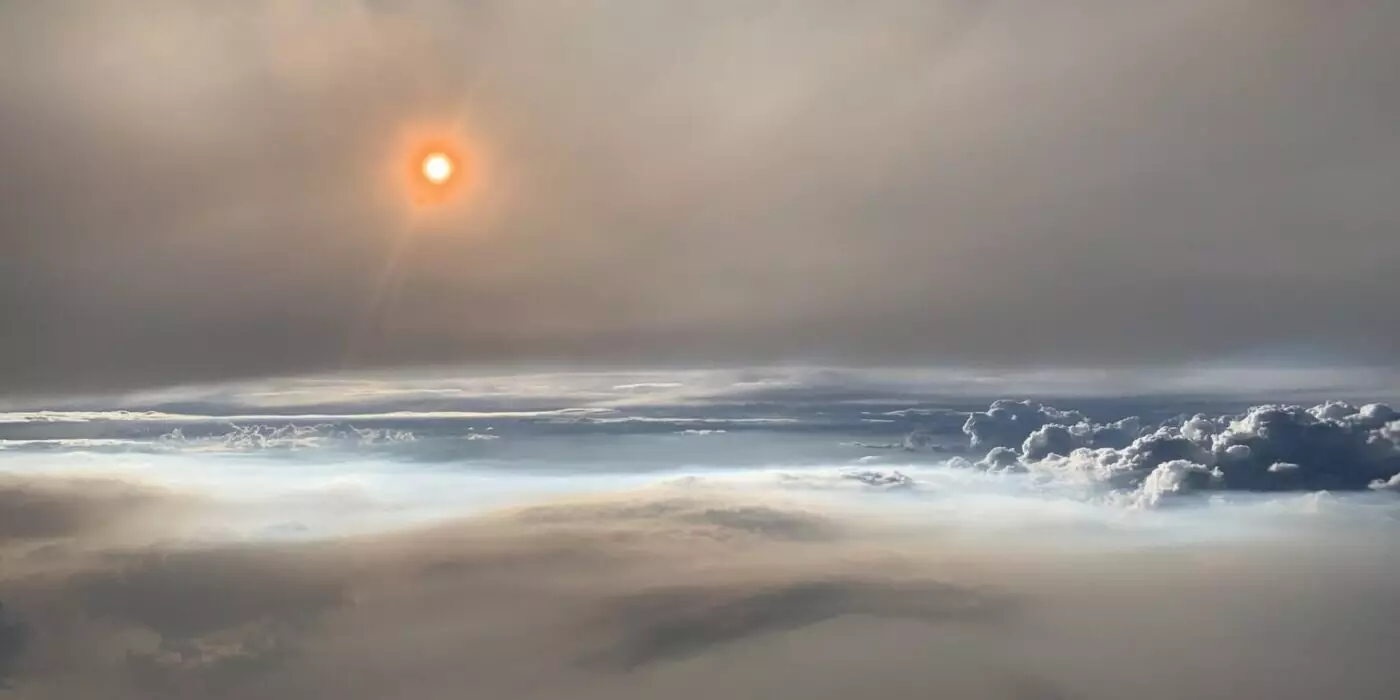As global temperatures rise, the planet is witnessing an unprecedented surge in large-scale wildfires. These fierce infernos are not merely devastating landscapes; they are also significant contributors to atmospheric warming. The notorious emission of black carbon—a powerful short-lived atmospheric warming agent—has emerged as a pressing concern among climate scientists. Black carbon is particularly nasty due to its ability to absorb sunlight efficiently, thus exacerbating global warming. However, the repercussions of black carbon, especially those linked to pyrocumulonimbus clouds generated by extreme wildfires, are only beginning to surface in research. The ramifications for our atmosphere and climate have the potential to be disastrous.
Understanding Pyrocumulonimbus Clouds
Pyrocumulonimbus clouds, or pyroCbs, are borne from intense wildfires. These aggressive weather systems can propel smoke high into the upper troposphere and lower stratosphere, where it can linger and affect atmospheric conditions for extended periods. Unlike traditional clouds, pyroCbs are steeped in the emissions from raging fires, and this unique blend creates a compelling avenue for research. Scientists have been baffled by the lack of concrete data concerning how much warming these clouds induce. The dialogue has shifted as research from Washington University’s Center for Aerosol Science & Engineering provides crucial insights.
Pioneering Research on Black Carbon’s Impact
Led by Rajan Chakrabarty and former student Payton Beeler, groundbreaking research published in *Nature Communications* scrutinizes the ramifications of black carbon particles prevalent in pyroCbs. Chakrabarty and his team executed intricate airborne measurements, gathering data on black carbon’s interaction with sunlight within an active pyroCb thunderstorm during the 2019 FIREX-AQ field campaign. Their findings are alarming: the black carbon emitted from pyroCbs absorbs light at double the rate of particles released by smaller fires and urban pollutants. This poses crucial implications for our understanding of how black carbon contributes to atmospheric warming.
The Revolution in Measurement Techniques
The depths of this research lie not only in its groundbreaking results but also in the methodologies employed. The team skillfully merged direct measurements of black carbon mass and the intricate characteristics of organic coatings on individual particles. They utilized a precise single-particle optics model, marking an advancement in the science of atmospheric studies. This rigorous analytical approach allows researchers to accurately assess not only the quantity of light absorbed but also the significant heat transferred to our atmosphere.
This commitment to detail exposes a stark distinction between the black carbon dispersed by intense wildfires, as compared to that generated through more conventional means. Simply put, the properties of black carbon vary widely depending on their source, a nuance that is critical for climate modeling.
The Global Consequences of Local Fires
The research uncovers that pyroCb black carbon can traverse significant distances—from Canada and Australia to tugging at the atmosphere around the globe—exacerbating temperature variations for months. Chakrabarty notes that these clouds contribute substantially to the existing black carbon levels in the lower stratosphere, accounting for an unsettling 10% to 25% of contemporary findings. This insight underscores how localized events can possess far-reaching consequences, instigating changes not just climate policy discussions but also adaptive strategies among ecosystems.
The Road Ahead for Climate Research
Although significant strides have been made in quantifying the atmospheric effects of black carbon, an urgent need exists for additional research. To refine our climate models effectively and extract burgeoning insights, direct measurements of pyroCb black carbon and its light absorption capacities must become a priority in climate research. Without this understanding, predicting the trajectory of climate change becomes increasingly speculative, akin to navigating uncharted waters without a compass.
The reality is daunting; as wildfires become more frequent and intense, so too do the complexities involved in accurately capturing their impact on our warming planet. The science community must rally around this opportunity, focusing efforts to decode the intricate dance between black carbon emissions and climate dynamics, lest we remain at the mercy of our ignited landscapes.


Leave a Reply